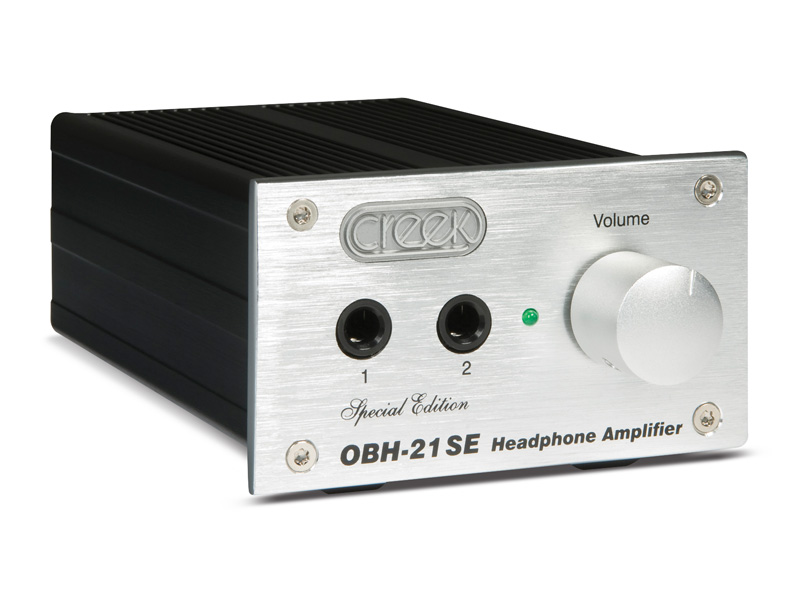TechRadar Verdict
Pros
- +
Choice of two outputs
- +
Good detail and insight
Cons
- -
It's tonally more individual than most amps
Why you can trust TechRadar
Creek takes headphone-driving seriously, with two dedicated headphone amps in its lineup – three, if you regard the OBH-21 and -21SE as different models.
Although both employ the same circuit, they use different components at key points, including the op-amps that do the actual amplifying. The SE uses a fast and relatively high-current part that is well suited to the task, giving a maximum output of about 100mW into headphones between 30 and 200 ohms impedance – that’s most of them.
Both higher and lower impedances can be driven, with slightly reduced output in both cases. There are two output sockets and Creek mentions that these have slightly different output values which could, in some cases, give subtly different sound into low-impedance headphones.
A line output at the rear is permanently connected to the line input, easing connection to systems.
Irrespective of the output used, this amp has the highest output impedance of any in this group (if not by a vast margin) and it’s perhaps not surprising that its sound seems a little more characterful with low-impedance headphones, including in-ear models.
It is by no means unpleasant and, given the vagaries of headphone frequency response, it’s not necessarily a bad thing in any sense.
We were very taken with the way the bass of the Bowers and Wilkins P5 acquired just a little more roundness, which didn’t seem to have a downside. High-impedance cans are driven very cleanly, with excellent detail and no listener fatigue after long spells.
Follow TechRadar Reviews on Twitter: http://twitter.com/techradarreview
